I would be lying if I said I had a grand plan for my projects. In writing, there are authors who outline and plan every chapter and authors who write from instinct/emotion/feeling and go through multiple drafts, refining. I used to believe there was a right way, and it was one of these two, but that proved false—for me, anyway. The best projects seem to be a mix of planning and improvisation, an equal amount of each.
For the Portraits from a Distant Era series, in previous posts I’ve talked about the general idea I had for the series: Renaissance style portraiture, soft warm light, dark background, handheld props. I didn’t know what my subjects would wear or bring, and I didn’t know whether the series would work. To be honest, I still never really know, from session to session, whether everything will come together. But I also know I can’t over-plan.
The same applies to role-playing games as to photography series like this one: dictate the story and make it go according to your plan, use the players as pawns to tell your narrative, and they will quite rightly resent you, and the work will suffer. Recognize that the other people present are capable and brilliant and creative and give them the freedom to be themselves, and your combined ideas, unique perspectives, and individual talents will make something greater than any of you could have done on your own.
My ace in the hole, session to session, has been my subjects.
The Plan
I had decided to shoot the Portraits from a Distant Era series on that dark background and photograph my subjects sitting down—the way so many subjects in classical portraits are depicted. I planned to light these seated subjects with a nice soft light from a softbox while pushing a little extra light into the shadows with an umbrella. That was how I’d been shooting portraits before, and I was comfortable with that method.
But when the day came to shoot the series, I couldn’t decide whether to shoot on a dark background, as I’d intended, or against an inexpensive textured background I’d recently picked up in order to experiment. Indecisive, I set up both backgrounds next to one another and, midway through the session, chose to alternate back and forth. I didn’t have time to change lights, and I only had one place to sit (in front of the dark background). So I kept the softbox on the dark background and a beauty dish (with a grid attached) on the textured background. These made for very different light effects and contrast ratios, with the beauty dish being very specific and contrasty while the softbox offered a more gradual falloff.
At the beginning of the session, I shot on the dark background with my subjects sitting down, static, turned slightly toward the camera like they were posing for an ancient portrait. But when we moved over to the last-minute improvised idea, the textured background, where the subjects had some freedom of movement and freedom to try out their own ideas, that’s where the magic happened.
Letting a Master Work
The master in this instance is movement professional and artist Foxie la Fleur. When I met Foxie in 2017, I did not know that I had already photographed her in the crowd of the Women’s March from the January of that year. I also didn’t know that later that year she’d be directing a short play I’d written. Or that the following year I would start shooting promotional photos for her burlesque ensemble, Crescent Moon, (see “Beyond the Stars with Crescent Moon Nerdlesque”). Since 2017, we have done many projects together, and in September 2019 it was my pleasure to bring her into one of my own personal projects, the Portraits from a Distant Era series.
Foxie brings a big, bold energy to her characters. As a movement professional and a director, she is an expert in creating strong, dynamic forms, shapes, stage pictures, and poses. She brings a multitude of ideas and is a great collaborator. We shot the images I had wanted to do in front of the dark background with a candelabra, but once we were standing up and had some freedom to move, Foxie—who is an expert in movement and pose—was truly in her element, nailing it shot after shot, and especially in this one, where she’s holding her sword straight up and moving her left hand outward into this power pose that ended up being one of the most iconic images of the series.
With each subject, the series became more distinct in my imagination throughout the afternoon, and the idea of what the series would be changed, thanks to the collaboration, talent, and years of skill that I was fortunate to have with me on the day. Foxie was the second-to-last subject I shot in the series, and when we captured it, I remember thinking, “That’s it.”
Trust your artists and friends to bring their best and then give them the space to let them do it.

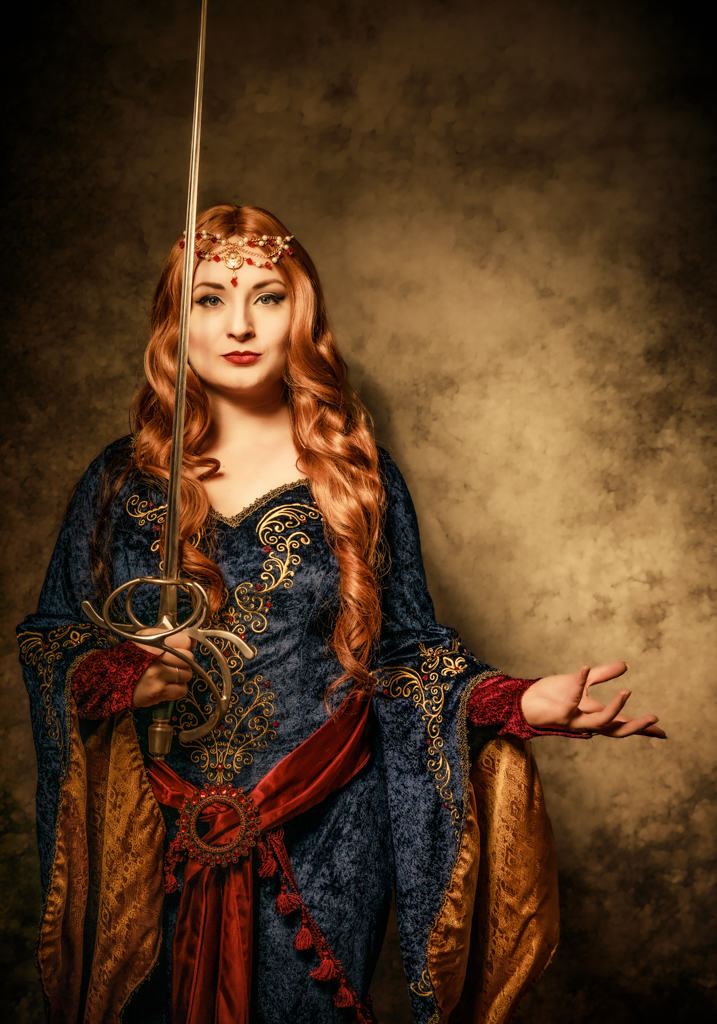
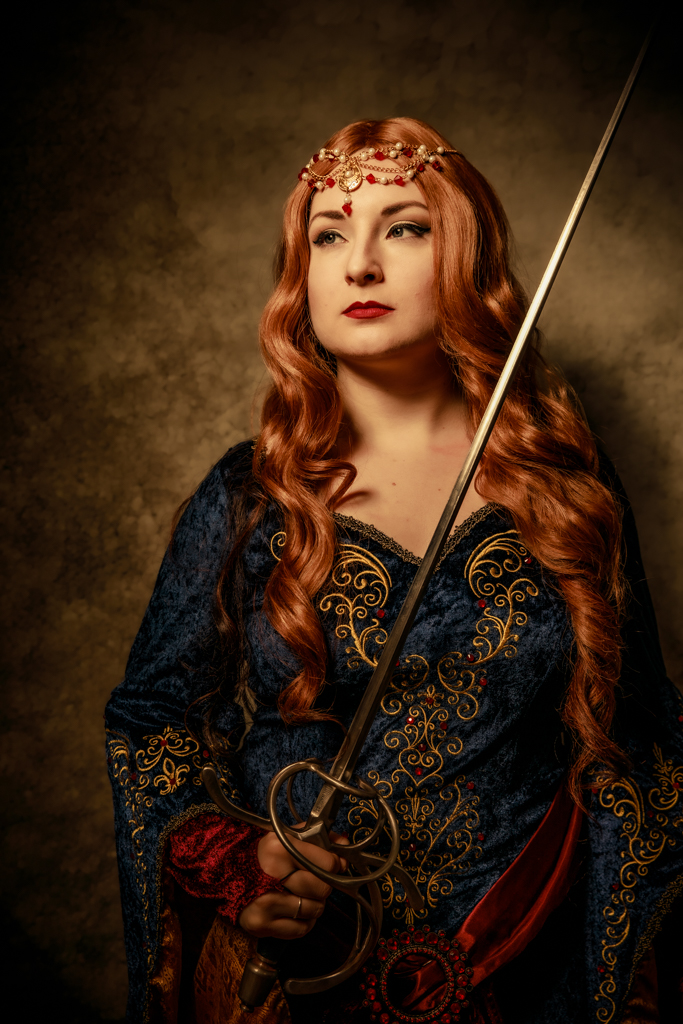
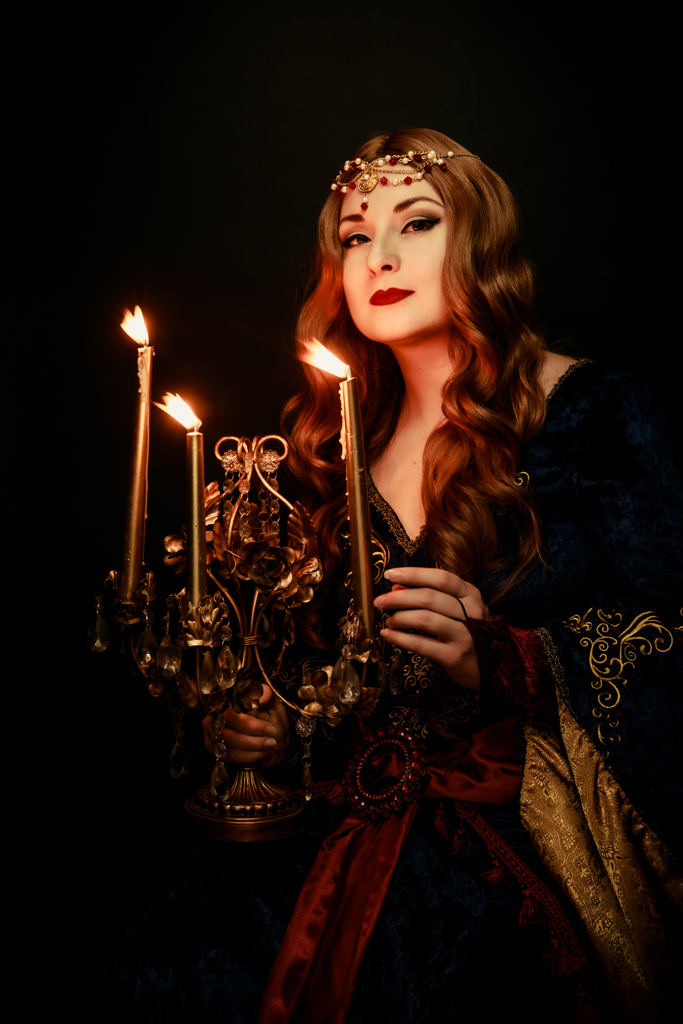


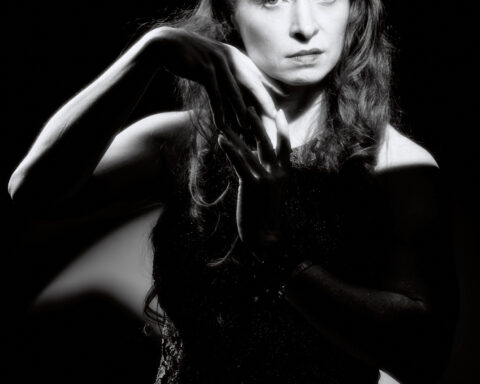
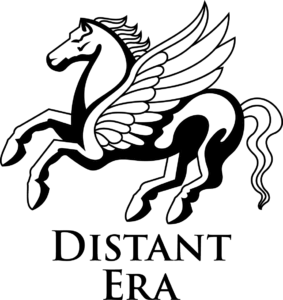
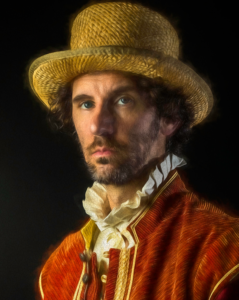
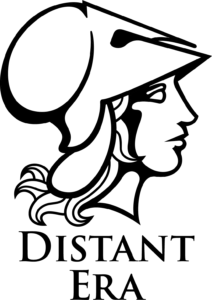
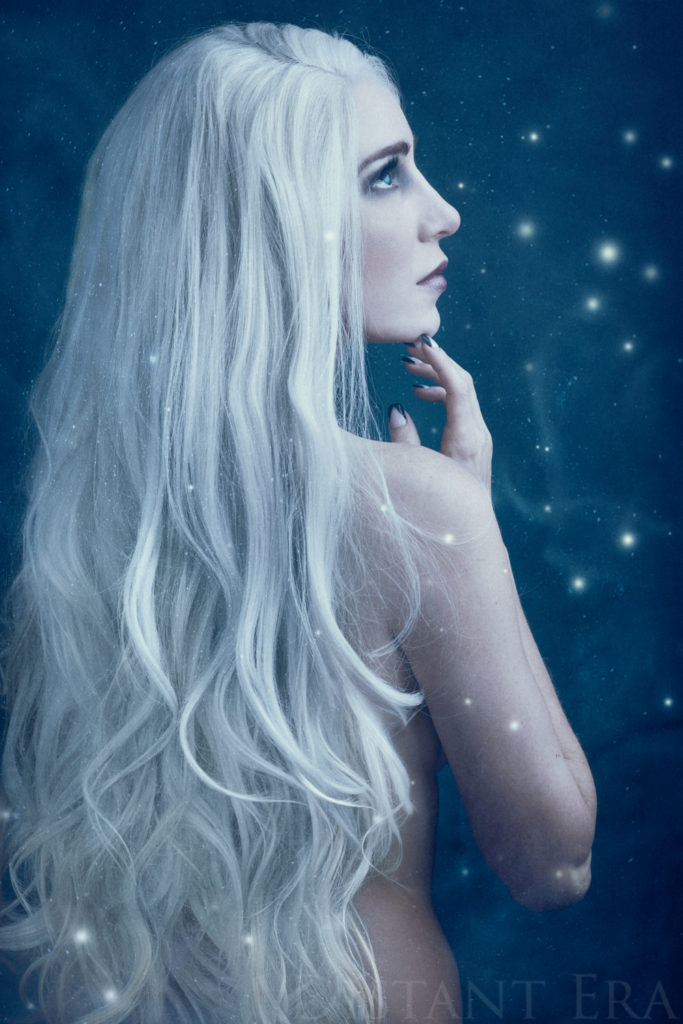
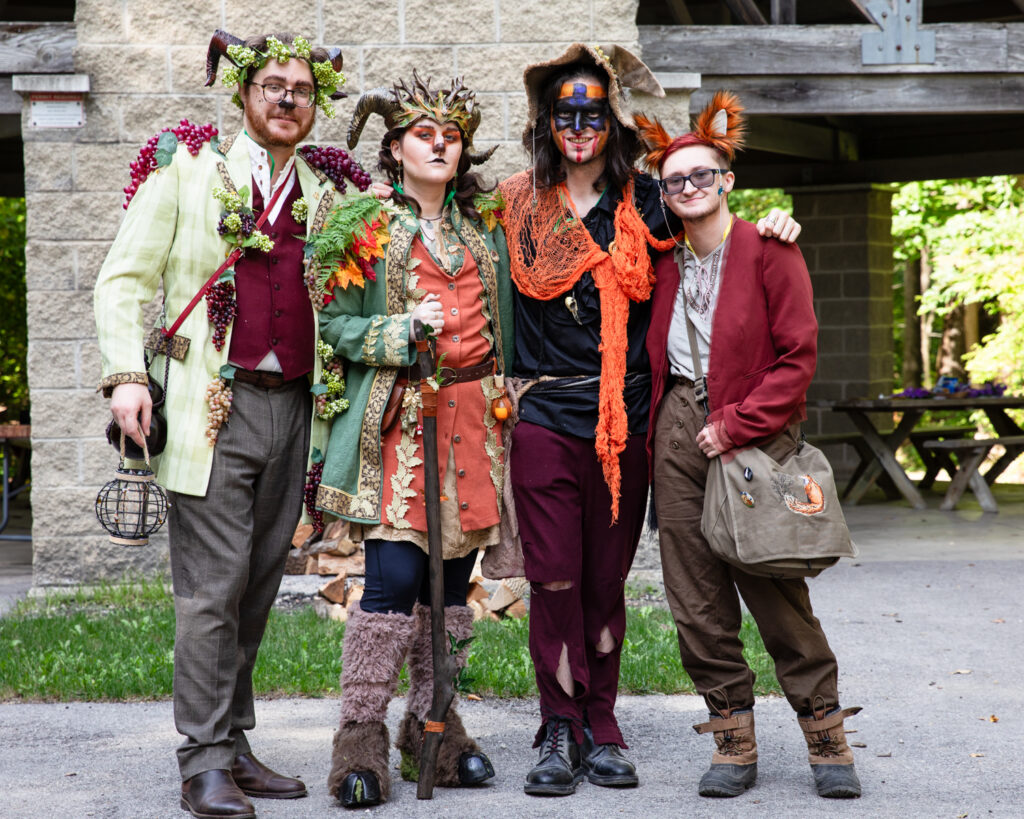
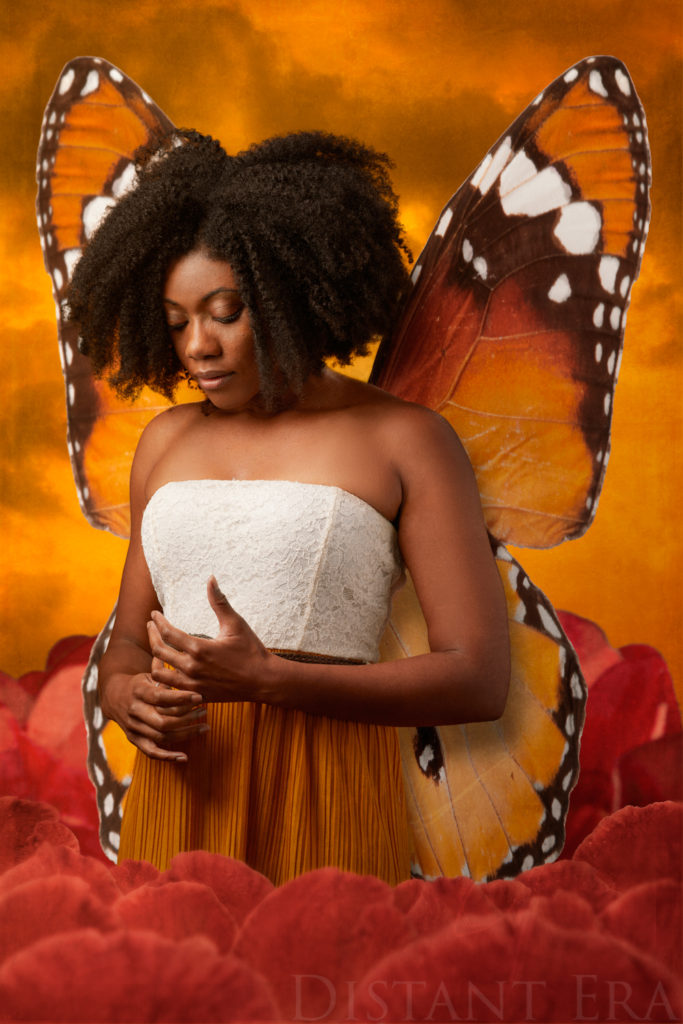
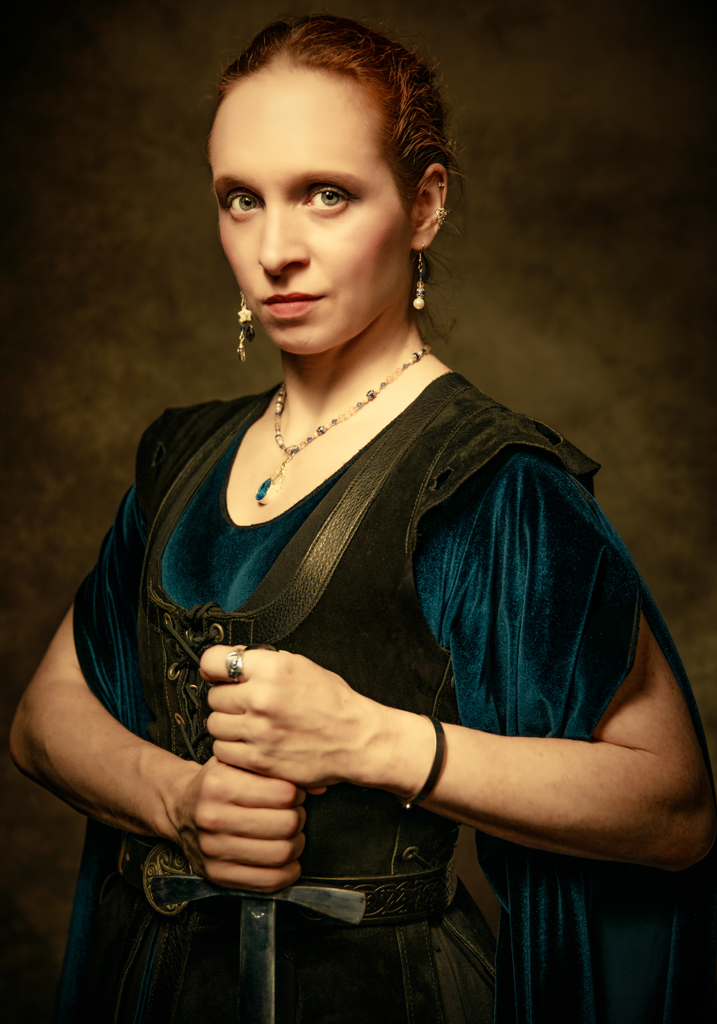
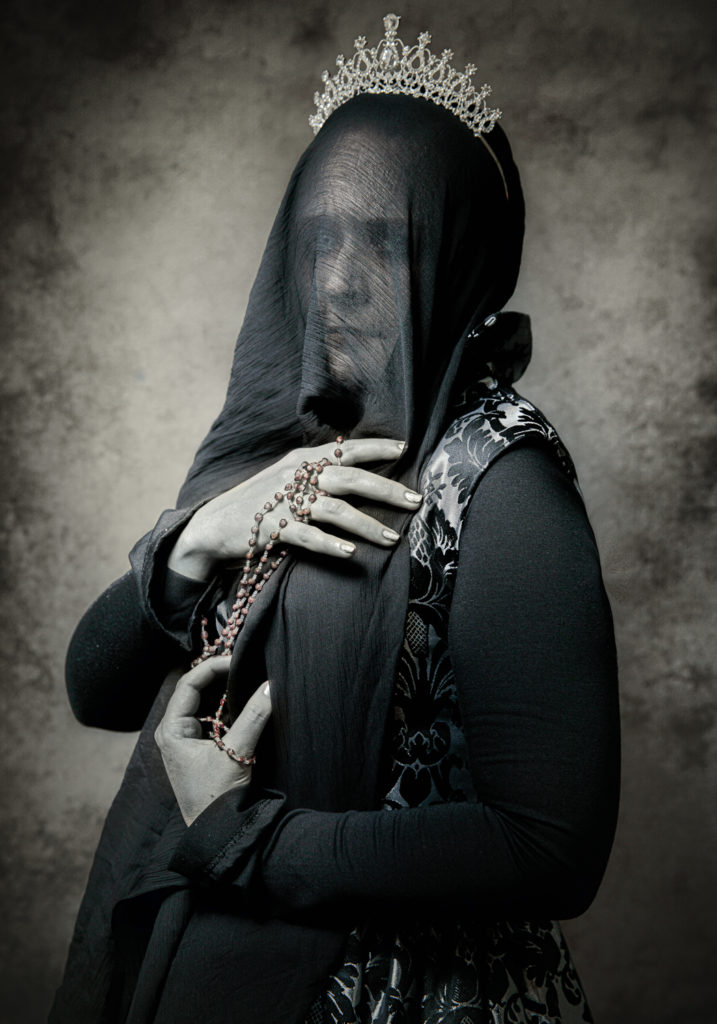
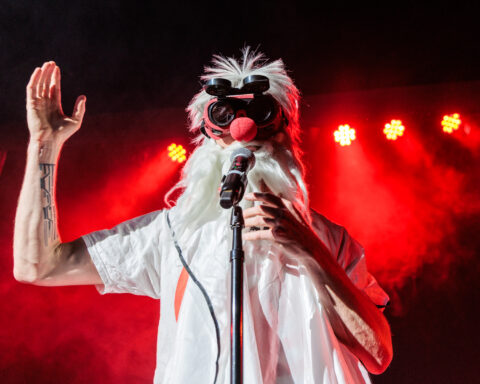
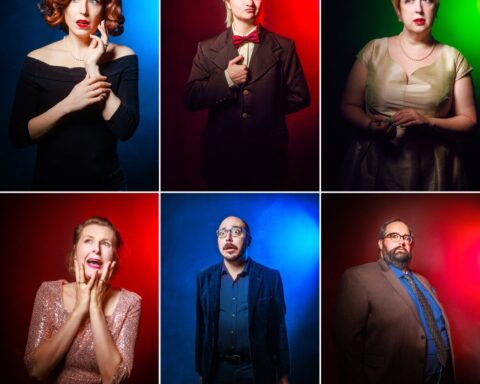
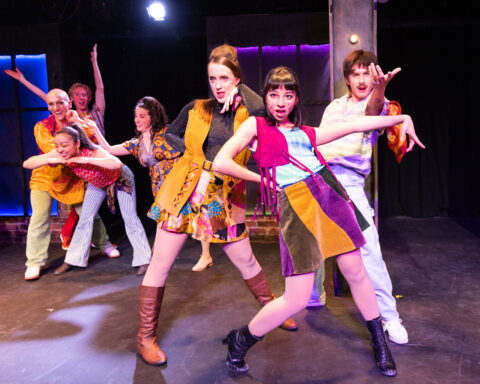
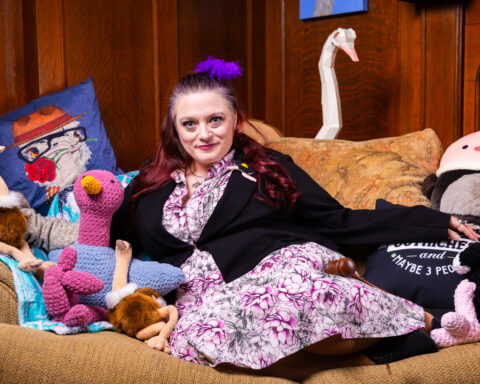
Follow Me